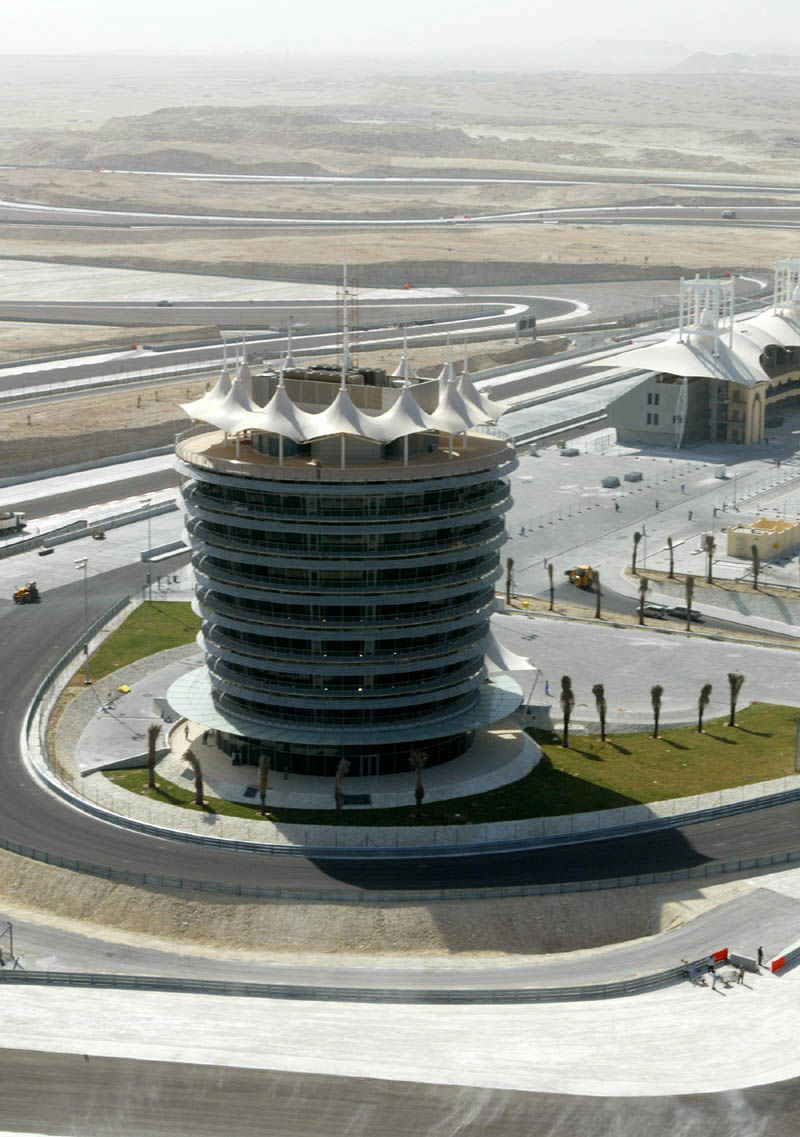Q&A: Mike Gascoyne.
Toyota's third Formula One season started in decidedly underwhelming fashion, with two finishes outside of the top ten in Melbourne and, although not responsible for the new TF104, technical director Mike Gascoyne admitted that work needed to be done.
Q:
Mike, can you sum up Panasonic Toyota Racing's Australian GP weekend?
Toyota's third Formula One season started in decidedly underwhelming fashion, with two finishes outside of the top ten in Melbourne and, although not responsible for the new TF104, technical director Mike Gascoyne admitted that work needed to be done.
Q:
Mike, can you sum up Panasonic Toyota Racing's Australian GP weekend?
Mike Gascoyne:
From a performance point of view, it was disappointing because twelfth and 13th is obviously not where we want to be finishing races. But, on a positive note, both cars were extremely reliable in the race - admittedly not quick enough, but reliable - and to use that old motor racing adage, to finish first, first you have to finish.
Q:
Were there any problems with the cars in the race?
MG:
During the race, the handling of the cars was quite consistent and the drivers said that the balance was actually quite good. Put simply, the car is not generating enough grip, both aerodynamically and by not getting the maximum from the tyres. The difficulty with racing at the back of the field is that your problems compound themselves. The drivers have to get off-line when being lapped, so their tyres get muck on them and they go even slower. So, yes, we finished the race two laps down, but it wasn't as bad as it looked.
Q:
Olivier Panis failed to complete his second qualifying run on Saturday - why was that?
MG:
During the first qualifying run, Olivier's car suffered some electrical damage, which only became apparent when we came to fire up his car for the second run. All the cars have fly-by-wire throttles these days and there was some electrical damage to his throttle, which meant that it wouldn't fire up.
Q:
The team had three of its drivers on-track on Friday. How did Ricardo Zonta fare?
MG:
Ricardo did a very good job for us. Unfortunately, he had a small electrical problem, which limited him to just 42 laps all day, but he drove very sensibly and gave us some good feedback, especially with regard to tyres. Hopefully, he will do even more kilometres in Malaysia next week.
Q:
What did you think of the new race weekend format?
MG:
Our job is to maximise any given set of circumstances and, while the new qualifying format provided a different challenge, we adapted to it well. On a personal level, I thought qualifying was a bit long and drawn out, but that's only my opinion.
Q:
What developments does Panasonic Toyota Racing have in the pipeline?
MG:
We have many changes scheduled, almost on a race-by-race basis. In Malaysia, we have a new front wing and some new turning vanes, and there are more new parts scheduled for Bahrain, prior to a complete re-packaging of the car at Imola.
Q:
On which area of the car are you focusing development?
MG:
Let me take this opportunity to say that there is absolutely nothing wrong with our engine. Luca Marmorini [technical director engine] and his team have done a tremendous job and have produced what I consider to be a world championship-winning engine. Our main problems are with the chassis and, in particular, its aerodynamics, but we already have programmes in place to rectify the situation and everyone is working flat-out to get us where we should be, which is at the front of the grid.
Q:
What changes have been made to the structure of the technical team?
MG:
We have started to think longer-term. For instance, we have appointed a TF104 project manager, which has freed up [chief designer] Gustav Brunner to concentrate on our 2005 car. Then there are some other, smaller, changes, which have made the operations much more efficient. While we can have much better races with this car than the one we had in Australia, we won't improve it at races. You improve cars in the windtunnel and in the design office, and that is what we are doing.
